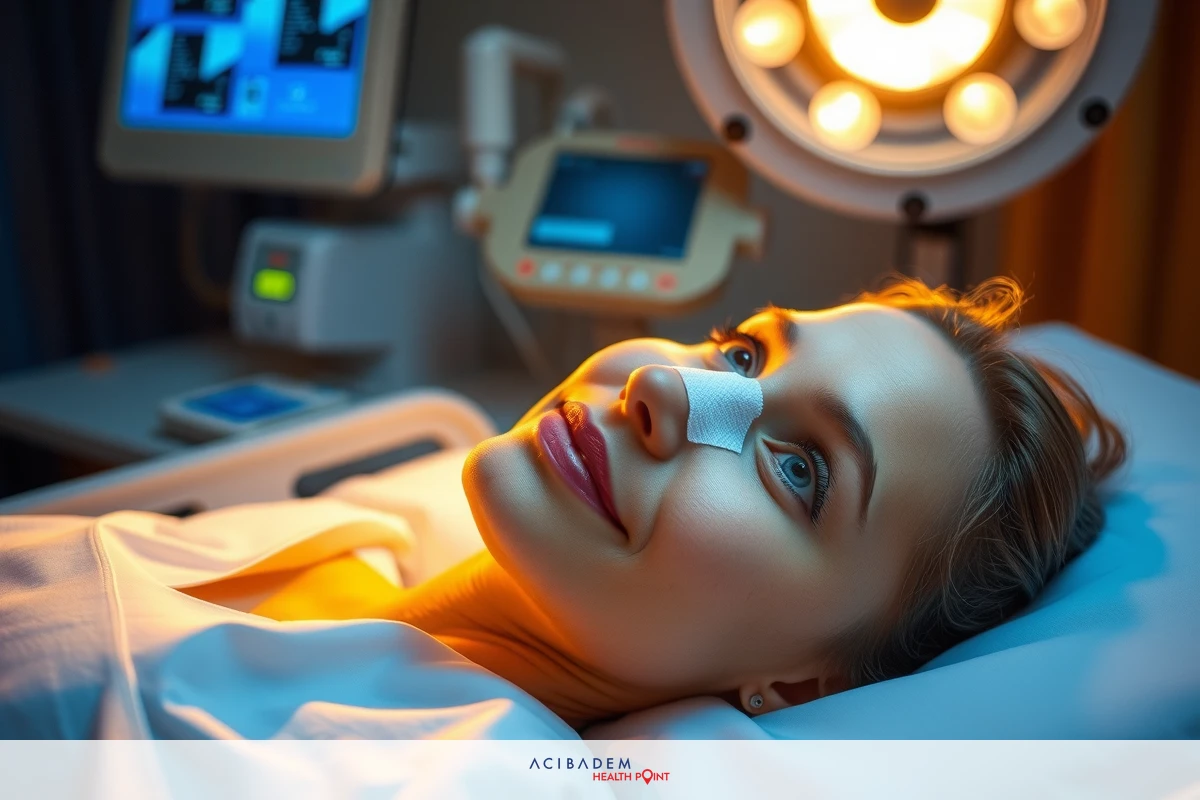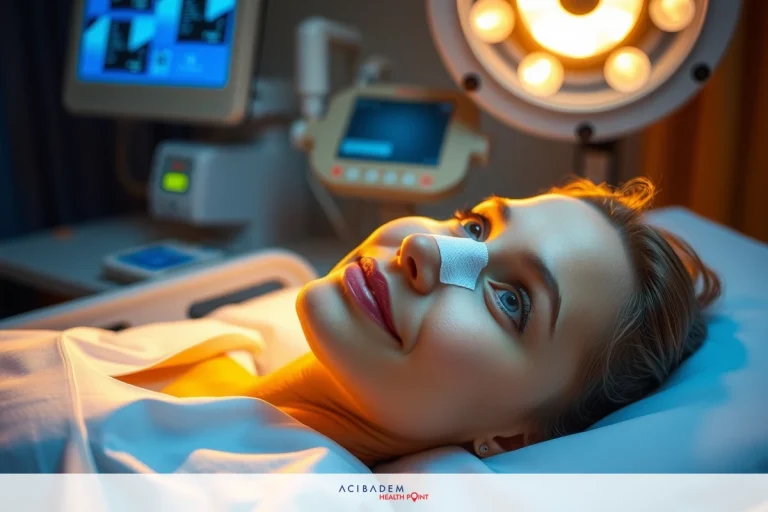How Long Until Nose Looks Normal After Rhinoplasty
How Long Until Nose Looks Normal After Rhinoplasty Rhinoplasty, a variation on aesthetic surgery that targets changes in the nose’s appearance or performance, often leaves patients eager to see their new look. Yet patience is paramount in this situation, as it may take some time for the final results to surface.
Immediately following the operation, swelling and bruising typically cause an altered appearance – not quite indicative of your ultimate outcome. As days turn into weeks post-surgery, these immediate aftereffects begin subsiding gradually, don’t be too quick to judge your new nose just yet.
Moving into months post-rhinoplasty presents its own unique set of changes. The timeline varies amongst individuals depending on various factors such as skin thickness and surgical technique employed among others. Expect subtle transformations as healing persists internally and externally – paving way for that much-anticipated normal appearance over time.
Postoperative Period
In the immediate aftermath of a rhinoplasty procedure, your nose enters the initial phase of recovery. During this period, it’s not uncommon for patients to experience swelling around their nasal area. This is a normal part of the body’s healing process and is in no way indicative of what your final result will look like.
Alongside swelling, bruising may also manifest during this stage – often visible under the eyes or around other parts of your face. While disconcerting at first glance, rest assured that these are temporary effects post-surgery. It’s crucial to remember that such occurrences are part and parcel of cosmetic surgery procedures like rhinoplasty and should subside over time.
Notably, as you navigate through this early postoperative healing stage, ensure adherence to any aftercare directives shared by your surgeon – including but not limited to medication instructions or lifestyle modifications. Proper care can expedite recovery while mitigating risks posed by potential complications such as infections. Though it might be challenging dealing with changes in appearance during these periods, patience remains key as you journey towards achieving a more normal nose appearance.
Early Healing Stage
The early healing stage of rhinoplasty recovery commences as the initial postoperative effects start to fade. You may notice a considerable reduction in swelling and bruising, hinting at your nose’s new shape. However, remember that this is but an early glimpse into what your final result will be.
This phase, often stretching over several weeks, sees the patient embarking on a transformative journey. As your body continues its diligent work of repairing and renewing tissue damaged during surgery, change becomes more evident. The timeline for these transformations varies greatly from person to person – influenced by factors like individual health status and surgical techniques applied.
Managing expectations remains key during this period of rhinoplasty recovery. It’s easy to fall into the trap of comparing oneself with others who’ve undergone similar procedures; however, each one’s healing process follows a unique trajectory. While some might witness significant improvements in their nose appearance within the first month itself, others might need longer durations before discernible changes become noticeable. Embrace patience as you navigate through these stages towards achieving that desired normal nose look after cosmetic surgery.
How Long Until Nose Looks Normal After Rhinoplasty: Long-Term Results
As you move past the early healing stage of your rhinoplasty recovery, you’ll step into a phase where long-term

results begin to manifest. This period is often filled with anticipation as patients eagerly await their new look. However, it’s essential to bear in mind that reaching this milestone doesn’t necessarily denote the end of your journey towards achieving that normal nose appearance.
Several factors influence how your final outcome shapes up post-rhinoplasty. These can range from individual physiological aspects like skin thickness and bone structure to external elements such as surgical techniques employed during operation or adherence to postoperative care directives. The timeline for realizing these long-term results differs amongst individuals – some may notice substantial changes within six months following surgery while others might require a year or more.
Throughout this phase, maintaining open communication lines with your surgeon becomes crucial – they’re best equipped to guide you through any anxieties or concerns about cosmetic surgery outcomes based on your unique circumstances and recovery trajectory. Remember: Rhinoplasty isn’t just about enhancing one’s aesthetic appeal; it also plays an instrumental role in boosting self-confidence by aligning physical appearances with personal identity aspirations – making every moment spent
waiting for those final results worthwhile.
Frequently Asked Questions
How long does the swelling last after rhinoplasty surgery?
The duration of swelling following a rhinoplasty procedure varies among individuals. Generally, significant reduction in noticeable swelling occurs within the first few weeks post-surgery. However, minor residual swelling might persist for several months or even up to a year but this is usually only detectable by your surgeon.
When can I expect to see my final nose shape after undergoing rhinoplasty?
Full results from a rhinoplasty operation typically become visible between six months and a year post-surgery. Factors such as skin thickness, surgical technique used, and individual healing capabilities contribute to this timeline.
Is there anything I can do to speed up my recovery process following nose surgery?
Adhering strictly to your surgeon's postoperative care instructions can help expedite recovery time. This includes taking prescribed medications timely, avoiding strenuous activities that may cause injury, and maintaining overall good health habits.
Does age affect the healing process after cosmetic surgery like rhinoplasty?
Age can indeed influence one's healing ability following any surgical procedure including rhinoplasty. However, it isn't the sole determinant factor - personal health status plays an equally important role in shaping one’s recovery trajectory.











